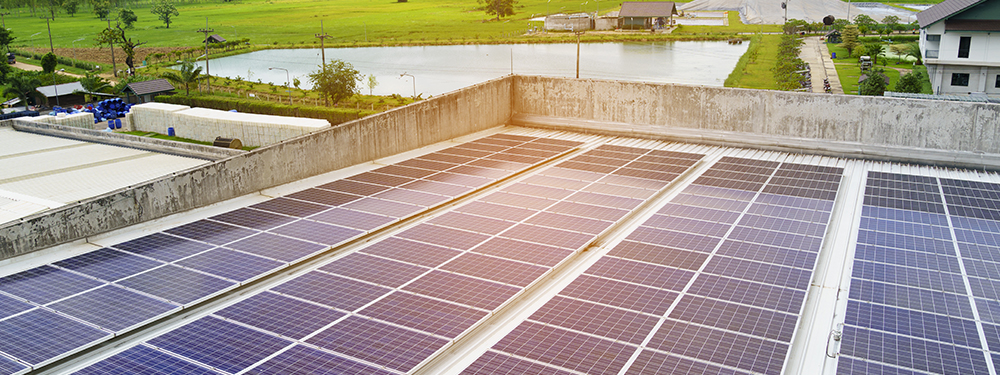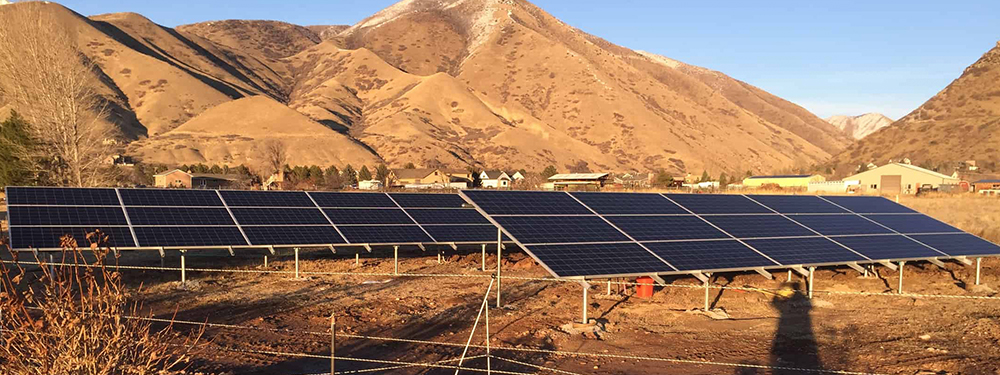As a farmer or rancher, you’re in a very complex business.
It’s also physically demanding and rewarding work.
And you provide crucial resources to power and feed our world.
But your survival and success depend on increasingly unpredictable weather and an often volatile market.
Stability is hard to come by.
And this makes it difficult to plan for the future, leaving some to ponder whether there’s a way to diversify their income stream.
As the demand for solar power increases and the cost of system materials decreases, the agriculture industry is now looking to solar farm income to supplement money from food and fuel crops.
Understanding Solar Farm Income
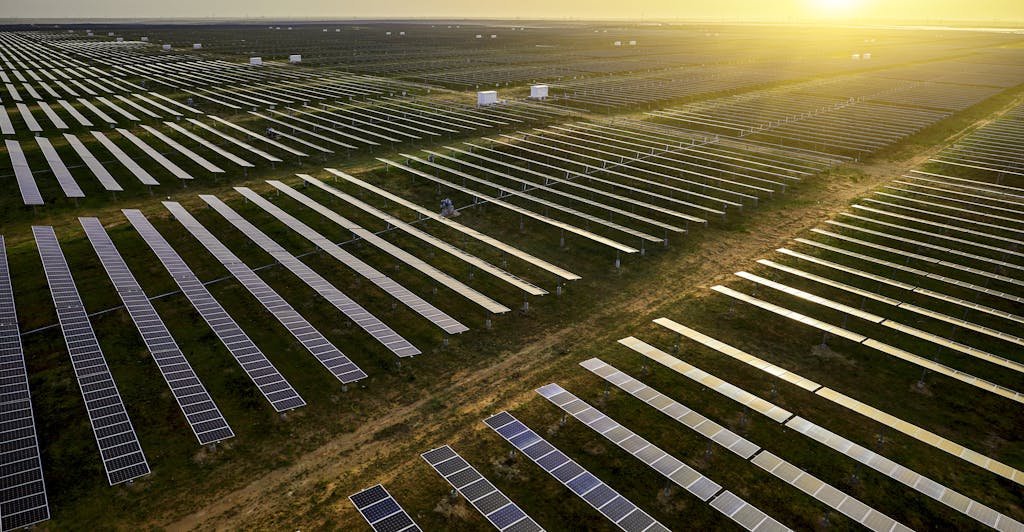
Solar farms utilize ground-mounted solar panels spread out over a large, open land free from shade.
For farmers and ranchers who own their own land, converting part of it into a large solar array to supply power to others provides you a second income stream.
There are 2 common project types:
- Utility-Scale Solar: Many utility companies are beginning to incorporate solar power into their energy mix. To do so, they require large-scale solar arrays with a capacity somewhere between 1 and 2,000 megawatts.
- Community-Scale Solar: Another option is a community solar farm. These projects are typically much smaller than utility-scale projects. They’re usually no more than 5 megawatts and can often be as small as 100 kilowatts.
Building vs. Leasing a Solar Farm

We won’t sugarcoat it.
Building a solar farm costs money.
And this can be an insurmountable obstacle for some farmers and ranchers.
Costs can run anywhere from $0.82 to $1.46 per watt (or $820,000 to $1.36 million for a 1-megawatt farm).
So, the long-term benefits and flexibility are worth it for those who can bear the financial burden.
But if building a farm is cost-prohibitive, then you have the option to lease your land to a solar energy producer.
In return, you receive solar farm income in the form of rent payments from the company.
How much you can earn varies widely and is dependent on several factors, including:
- Current land values (which have skyrocketed these days)
- Alternative energy demand
Setting Aside Land for a Solar Farm
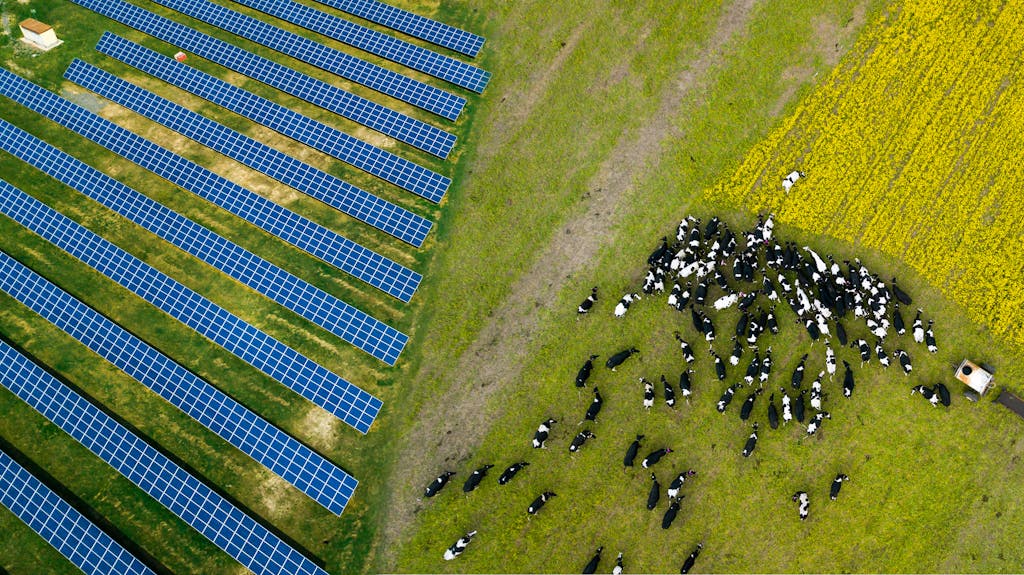
One of the biggest controversies surrounding solar farms is the loss of land to grow food.
This shortage is acutely felt as the world’s population grows 1.05% annually.
Though this growth rate is declining, that’s still an estimated 81 million additional mouths to feed every year.
Understandably, there are concerns about taking agricultural land out of production to generate solar farm income, but there are factors to consider.
Set Aside Marginal Land

The ideal situation for landowners who want to place a solar farm on their property is to convert marginal land.
If you have land whose productivity has fallen off, utilizing that parcel for solar panels could be a great solution.
Marginal land used for a solar farm does not have to be barren.
If you lease the land out to a solar energy company, you have less control over what happens on your land, but you may be able to stipulate conditions in the lease for the care of the land.
If, however, you opt to build a solar array, you can determine how the land under and around the panels gets used.
You may even be able to create dual solar farm income.
Grow Shade-Loving Plants
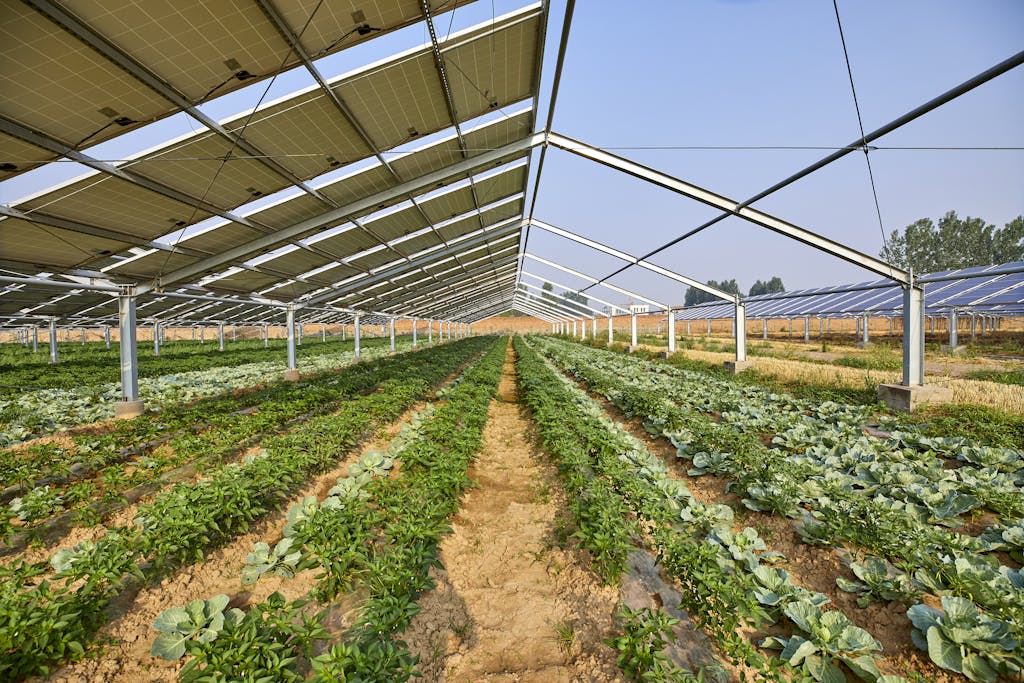
Ground-mounted solar panels are installed using racking systems that sit above the ground.
This is beneficial.
You can make use of the land underneath for growing shade-loving plants and crops.
There are 2 directions you can go.
#1: Plant native species that contribute to diversity, as well as soil and water health.
These plants require minimal care to thrive.
#2: Plant food crops that grow well in the shade.
Research shows that when plants, such as kale, tomatoes, swiss chard, beans, peppers, and cilantro, are planted under solar panels, with 3 – 4 meters between panel clusters, the yield is as high as if they were exposed to full sunlight.
There’s only one hiccup.
Farm equipment cannot be used to harvest these crops, but raising the panels 7.5 – 9 feet makes it easier to do manually.
This option requires more work, but it gives you a second income.
Create Pollinator Gardens
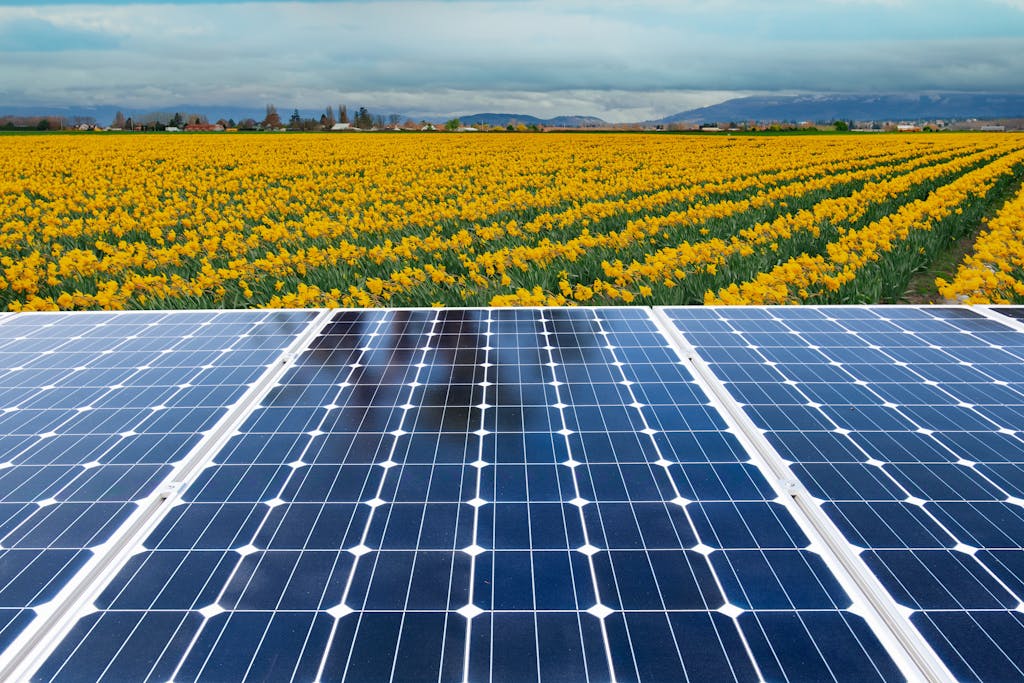
Farmers and ranchers who opt to build a solar farm can use it to help out Earth’s pollinators.
Planting native or crop plants give pollinators a safe place to feed and live.
You can also partner with local honey producers (or learn the skill yourself) to house bees within the solar parcel.
In doing so, the bees provide an additional benefit.
They roam outside the bounds of the solar farm, pollinating plants and crops further afield.
Placing Land in Conservation Status

In some states — Michigan, for example — farmers and ranchers receive tax breaks when they set aside land for conservation or open space.
This additional incentive isn’t a dual-income solar farm, but it saves you extra money.
What’s more, USDA has several programs that pay farmers for pulling land out of production and conserving it.
If you have land that could fall into a sensitive ecosystem category, you may be able to pair a solar farm with environmental conservation.
This way, the government will pay you to rent that land while earning money from solar energy.
Getting Started on Generating Solar Farm Income
Unbound Solar® is here to help farmers and ranchers boost their profit margins with a second income.
We not only sell solar panel systems; we provide invaluable educational resources about solar energy and solar installations.
If you have any questions about transitioning part of your land to a solar farm or our products, get in touch.
We’d love to power your profits!


